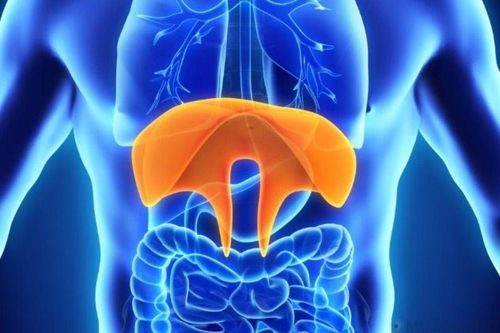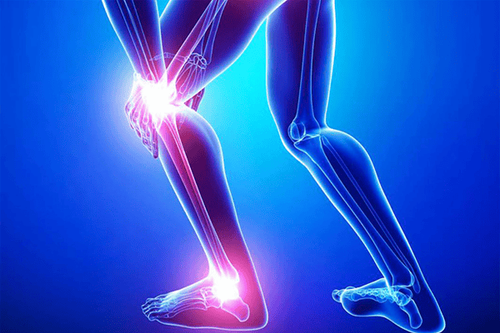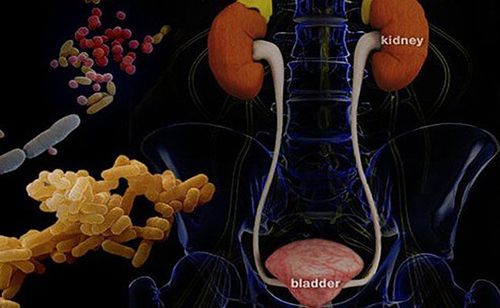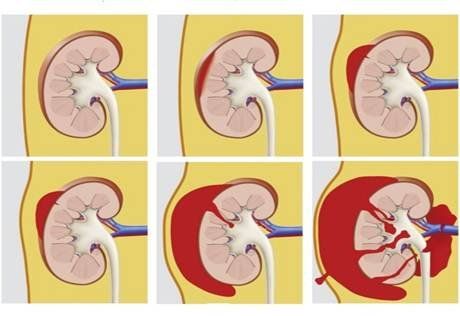This is an automatically translated article.
Closed kidney injury is the leading pathology in trauma to the urinary organs, accounting for 10-15% of blunt abdominal trauma in general. So is closed kidney injury dangerous? What is the treatment for kidney injury?
1. What is a closed kidney injury?
The kidney is an organ located deep behind the peritoneum, in the lumbar fossa on both sides, protected by the muscular wall and skeleton, so kidney injuries are rare, but this is the leading injury in the body. urogenital trauma. The causes of closed kidney injury are mainly traffic accidents, labor accidents, daily-life accidents and accidents due to medical intervention.
2. Mechanism of closed kidney injury
The kidney is a dense, vascularized organ, enclosed in a thin, fibrous capsule with little elasticity, covered with fat, but it is relatively mobile, so a kidney injury is forced on the ribs, spine and becomes easily broken.
3. Symptoms of closed kidney injury
3.1. Physical symptoms
Low back pain: encountered in 100% of cases, but this is a non-specific symptom, sometimes there is renal colic (due to blood clot blocking the ureter). Pain and stiffness in the lumbar muscles; Hematuria after trauma can sometimes detect only microscopic blood or total hematuria. Hematuria is a common symptom with an incidence of 90-95% of cases. However, the degree of hematuria is not commensurate with the extent of pathological lesions.
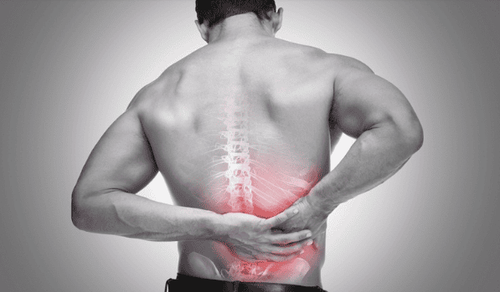
Đau thắt lưng là dấu hiệu phổ biến ở bệnh nhân chấn thương thận kín
3.2. Systemic symptoms
Shock occurs in 20-30% of cases, often seen in trauma to the kidney, crushed, ruptured renal peduncle. Anemia due to acute blood loss due to renal bleeding.
3.3. Physical symptoms
Bruising, rubbing the skin of the waist. Seeing the hematoma in the lumbar pit, the back muscles are tense and painful. Increased pain sensation in the lumbar fossa muscle when palpated.
4. Laboratory tests in the diagnosis of closed kidney injury
4.1. Imaging test
This is an important test for diagnosing the degree of kidney damage and combined damage. Common imaging tests:
Renal X-ray: there is a diffuse opacity in the injured kidney area, and the outer border of the lumbosacral muscle is erased. Renal X-ray with intravenous drugs: The area of the renal calyces is traumatized with drug, the contrast agent may overflow through the tissues around the kidney. Ultrasound: Evaluation of kidney morphology, images of contusion, renal parenchymal fracture, perirenal hematoma, retroperitoneal hematoma..., accompanying lesions in the abdomen CT scanner: Know in detail degree of damage such as fissures, parenchymal contusion, vascular pedicle damage..., can monitor the progress of the injury and can help clinically whether to intervene surgically or not.
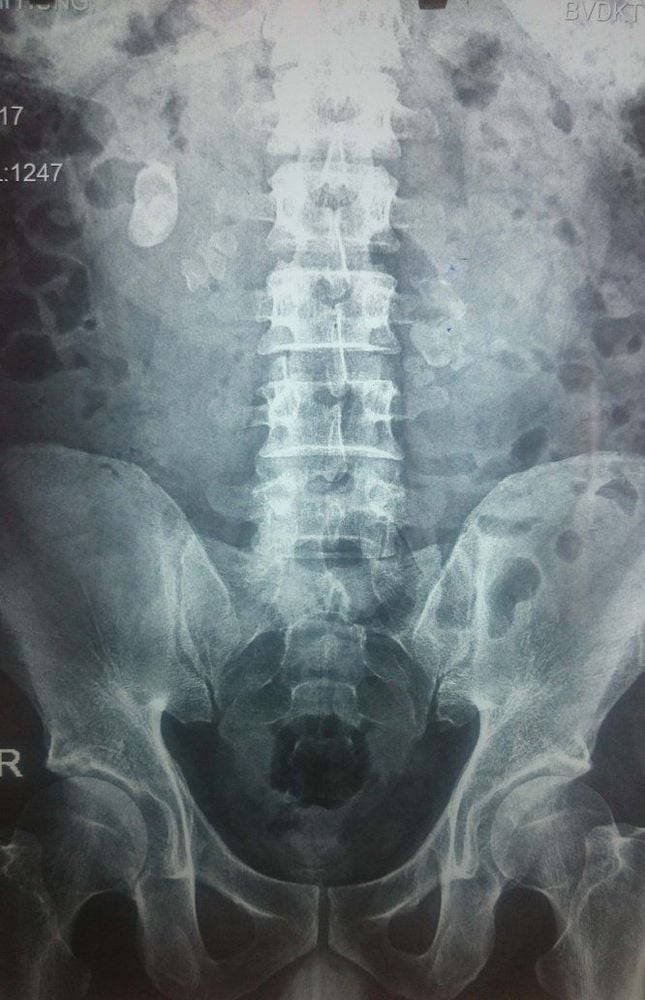
Chụp X-quang thận phép chẩn đoán hình ảnh về các tổn thương thận
4.2. Blood tests
Red blood cells and hemoglobin decrease especially in cases of moderate and severe lesions. The white blood cells are often increased and turned left when the patient is late.
4.3. Urine test
Red blood cells, white blood cells increased much in the urine. Proteinuria is positive.
5. Treatment of closed kidney injury
The main trend currently agreed in the world in the treatment of blunt kidney injury is conservative treatment of the kidney injury as well as surgery to preserve the kidney. The question that is always raised in conservative treatment is when to apply, for which types of lesions, surgery is indicated, should surgery be done early in the first week or later.
5.1. Conservative treatment
Conservative treatment is indicated in the following cases:
The patient has no shock or shock quickly recovers after being treated. The condition of blood in urine, tension in the lumbar region gradually stabilized over time.
5.2. Surgical treatment
Surgery is indicated when:
Lumbar ridge mass exceeds the midline white. Cases of patients with persistent fever that did not recover despite intensive treatment. The state of blood in urine, kidney strain, pain does not stop but continues to get worse over time. Cases of suspected injury to intra-abdominal organs require surgical intervention. In cases of severe damage, both resuscitation and surgery can be combined. Cases with complications of renal fossa abscess. Patients should be examined and treated at reputable hospitals to minimize complications after closed kidney injury. Vinmec International General Hospital is a high-quality medical unit in Vietnam, with a team of well-trained, specialized doctors at home and abroad, with high qualifications and experience.
Modern medical equipment, imported in the US, Japan, the Netherlands... supports the most effective diagnosis and treatment of diseases. Treatment techniques at Vinmec are regularly and continuously updated, keeping up with new trends of world health, providing the most effective treatment regimens.
To register for examination and treatment at Vinmec International General Hospital, you can contact the nationwide Vinmec Health System Hotline, or register online HERE.




